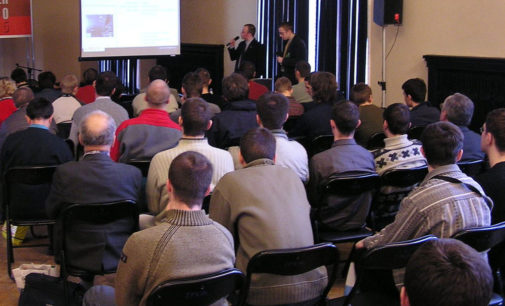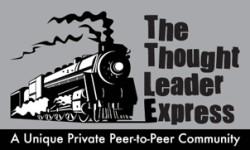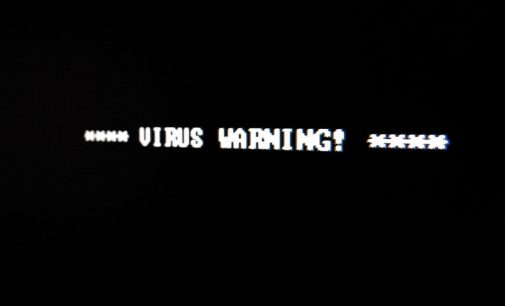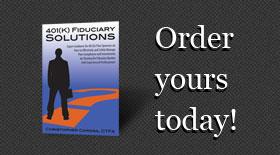Now is the time for 401k plan sponsors to seize their fiduciary mantle and provide the guidance and tools plan participants need to dodge emotional decisions that could ruin their chance for a comfortable retirement.
Plan Sponsors

It’s important to remember that the 401k MEP is just a vehicle. Whether they truly meet the objective of employees saving more for retirement and doing so effectively and efficiently comes down to execution.

It appears all but certain the floodgates will soon open wide, unleashing a torrent of trade association sponsored 401k MEPs. If you’re looking for the trigger that will open those floodgates, here’s what you should be paying attention to.

Not being able to easily monitor how former employees apply these tools, however, can increase the fiduciary liability of plan sponsors.

If plan sponsors can train their employees to use these same tactics for their retirement, they’ll be more likely to practice those tactics at work. And that’s good for business.

401k plan sponsors have a renewed focus on the three F-words of offering employee retirement benefits: Fiduciary, Fees, and Financial Wellness. Here’s how plan sponsors answer questions related to each of these three F-words.

Here’s quick read with a surprise reveal. Can you find it?

There’s always something new under the sun, and that means there’s always educational topics 401k plan sponsors should be asking about but aren’t. Hopefully, this list will inspire more curiosity and lead to better informed employees.
The One Topic Every 401k Plan Sponsor Must Know Right Now: Fiduciary Education Curriculum (Part III)

Most 401k plan sponsors will readily admit they are not experts when it comes to retirement plans. They understand they have a role in the process. They understand that role carries with it certain fiduciary obligations. They understand (and accept) that role also exposes them to liabilities. This article shows how prudent delegation can mitigate much of that fiduciary liability.











